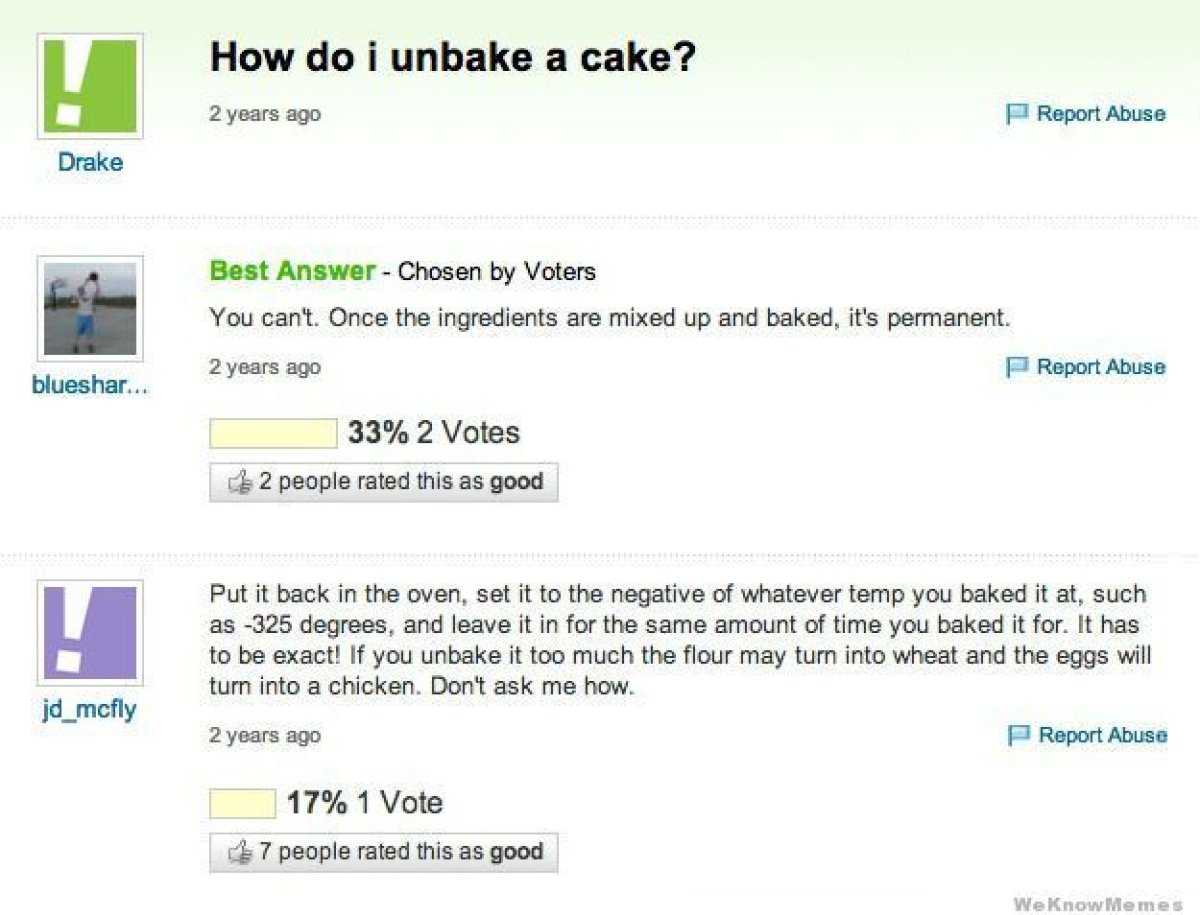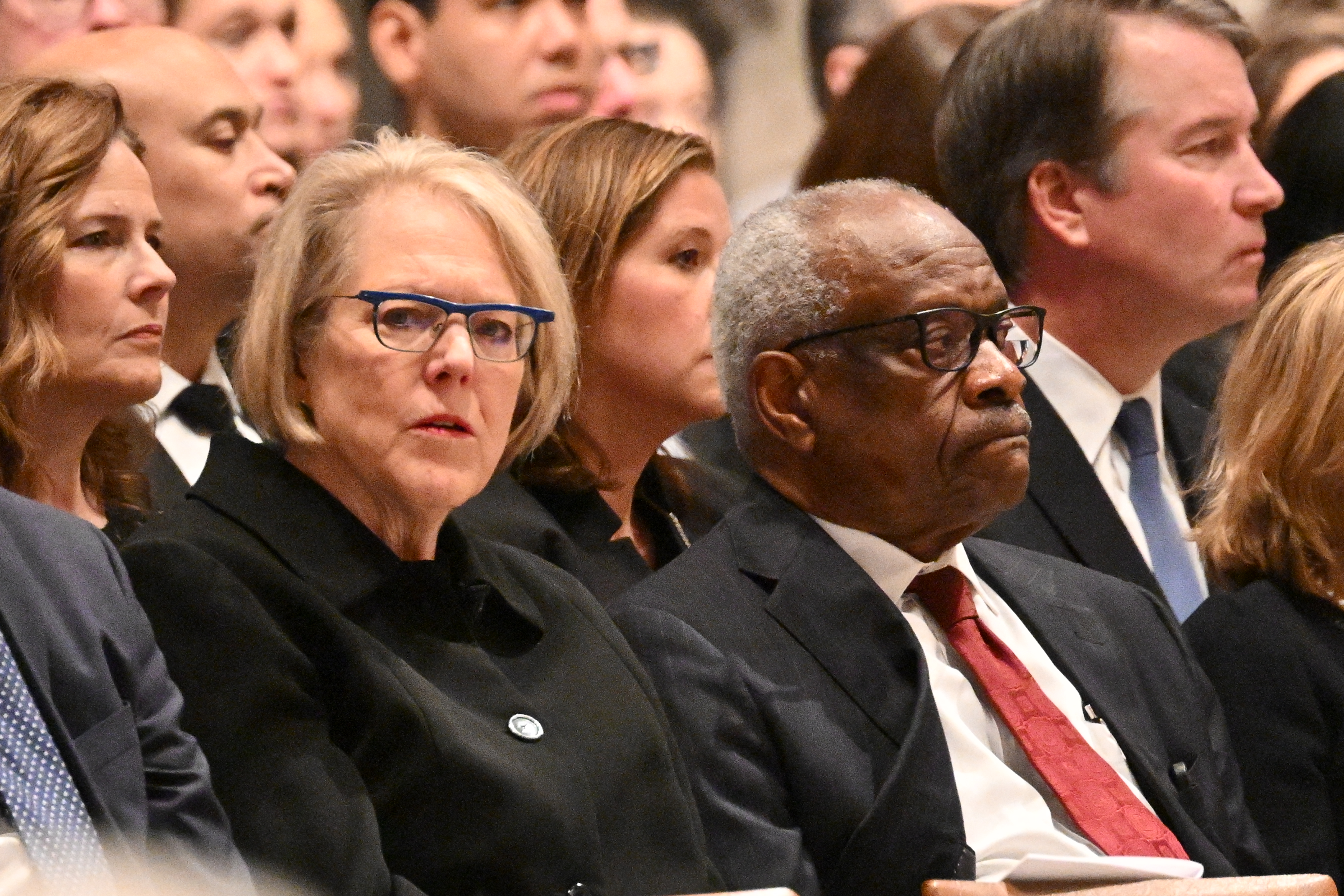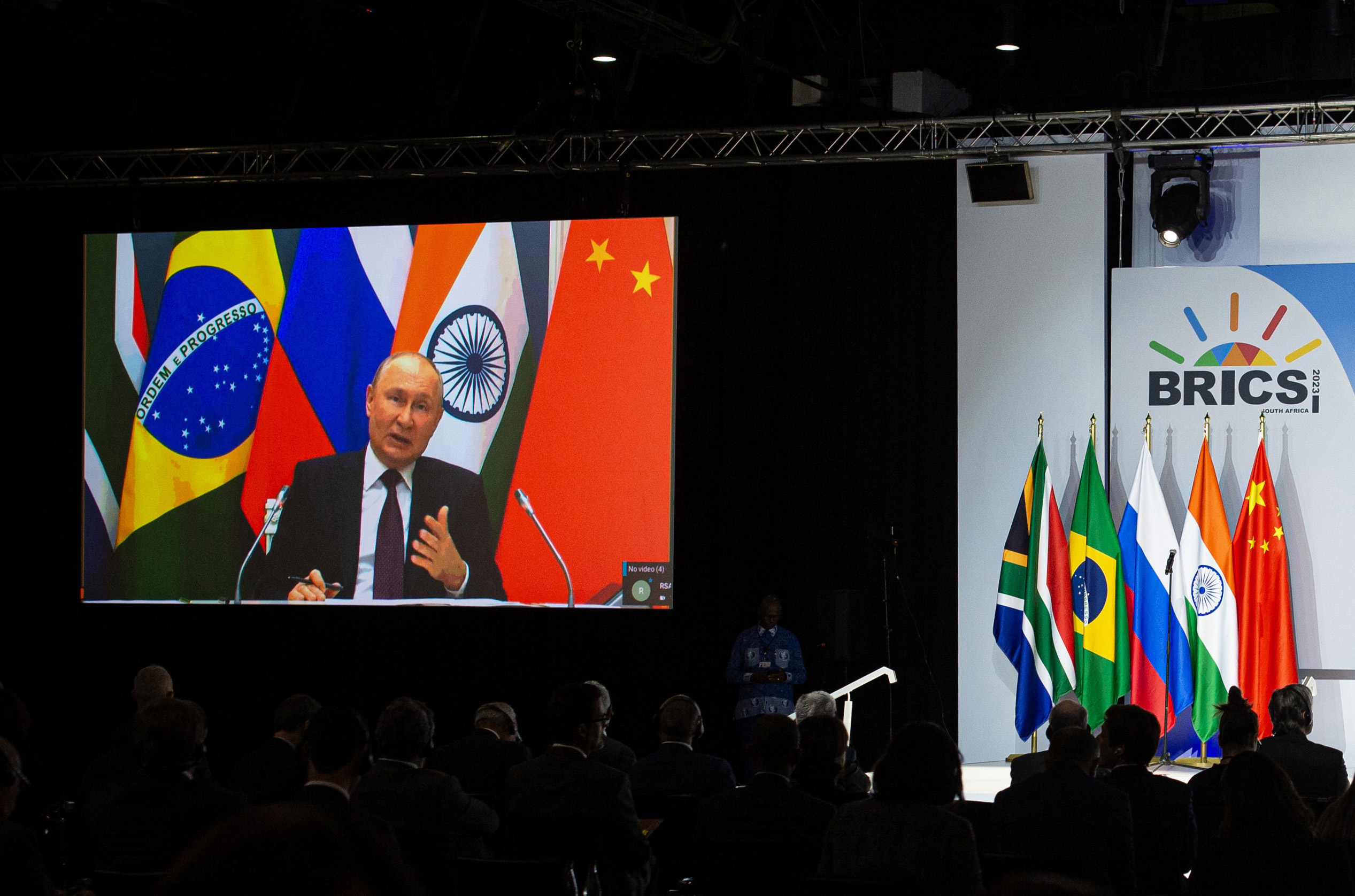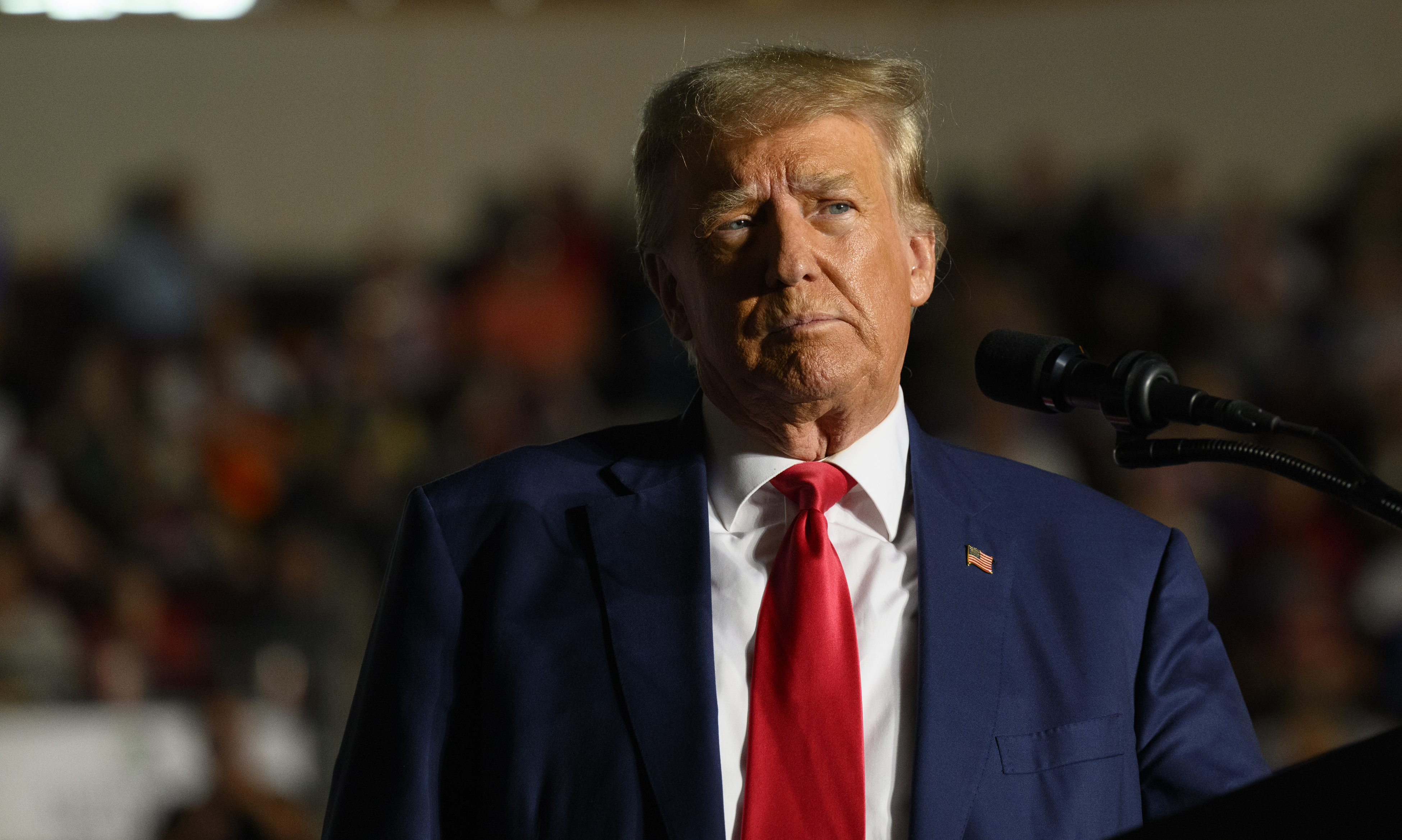
A fundamental assumption we make about time is that it moves in only one direction—forward. We call this the "arrow of time." In November, physicists revealed that it's possible to reverse that arrow using quantum physics. But how did they do it?
Let's begin, as more stories ought to, with this iconic 2010 Yahoo! Answers post.

The idea that it's impossible to unbake a cake is a great example of how we view entropy as only able to move in one direction. You can mix those ingredients, no problem. But once you've done so, you can't unmix them. The chaotic energy can only increase and move forward. Or so we believed.
The physicists at the Federal University of ABC in Brazil demonstrated that a system can exist in which chaotic energy flows backwards. They showed a cold object heating up a hotter object, as PBS explained. It would be like the ingredients of the cake spontaneously separating and unbaking, a devastating blow to authors of many insistent comments on the Yahoo! Answers post.
The physicists' new system, as the MIT Technology Review reported, contains acetone, which is your standard nail polish remover, and chloroform. The chemical makeup of chloroform comprises one carbon atom, one hydrogen atom and three chlorine atoms—so, CHCl3.
The arrow of time? It's all in our heads: https://t.co/KcN4W5XEjN pic.twitter.com/oCCg5o6Fjg
— Discover Magazine (@DiscoverMag) December 18, 2017
Physicists can manipulate the nuclear spins within that system using a technique known as nuclear magnetic resonance, according to the Technology Review. After aligning the nuclei within the carbon and hydrogen atoms with a strong magnetic field, and radio pulses flip one or both. This approach forces them to become entangled, which is quantum physics-speak for basically making them share the same existence. Then the physicists monitor the radio signals the nuclei emit to see how their quantum states evolve.
Since the two nuclei are in what's called "thermal contact," the heat energy of each can flow freely to the other. The physicists can manipulate their temperature, meaning they can heat up one nucleus to prompt its heat energy to flow to the other, colder nucleus. By entangling the nuclei in advance, the Technology Review explained, a "unique set of initial conditions" arises that reverses the heat energy's direction. Heat spontaneously flows from the cold system to the hot one.
The experiments have the potential to work on a macroscopic scale—as opposed to this microscopic one—which is how this discovery could lead to a "new generation of devices that drive heat from cold regions to hot ones," the Technology Review explained. And could show us how to unbake a cake.
Uncommon Knowledge
Newsweek is committed to challenging conventional wisdom and finding connections in the search for common ground.
Newsweek is committed to challenging conventional wisdom and finding connections in the search for common ground.
About the writer
Kastalia Medrano is a Manhattan-based journalist whose writing has appeared at outlets like Pacific Standard, VICE, National Geographic, the Paris Review Daily, ... Read more
To read how Newsweek uses AI as a newsroom tool, Click here.








